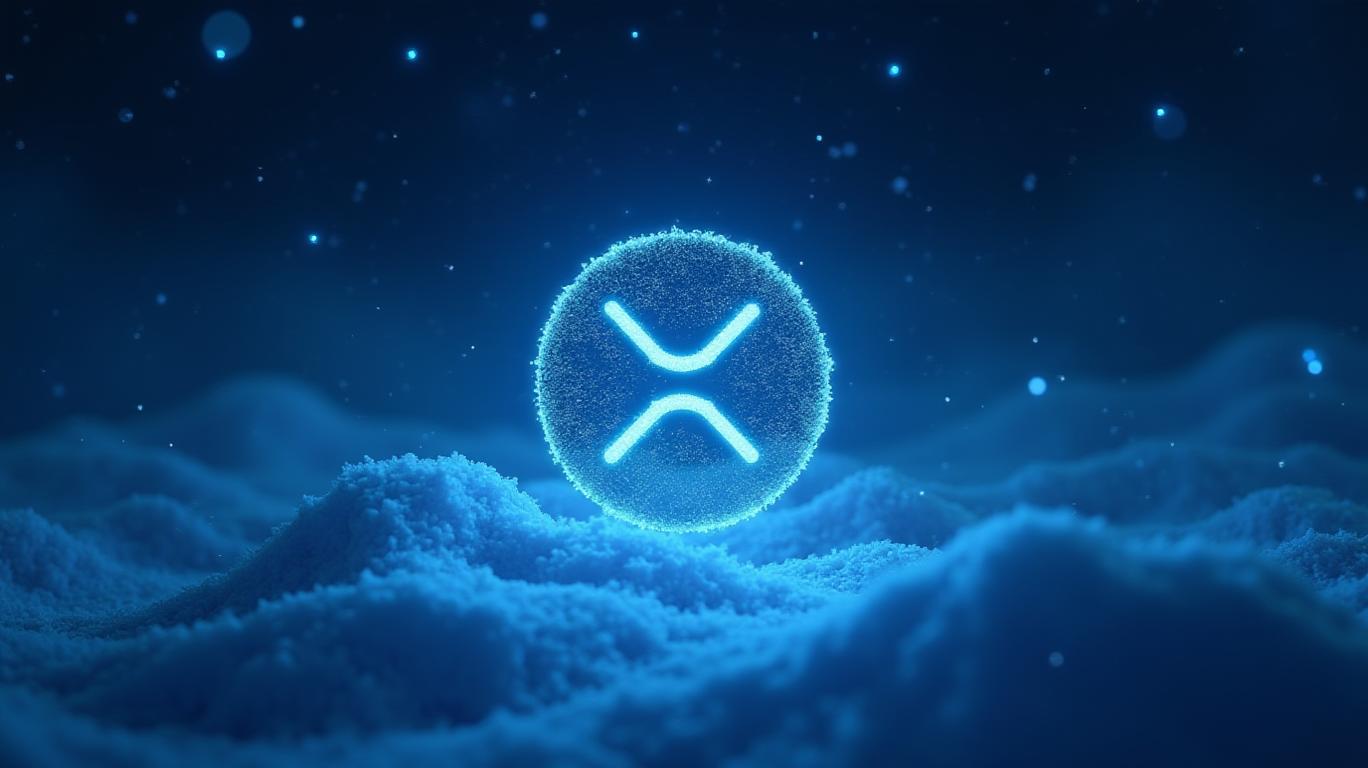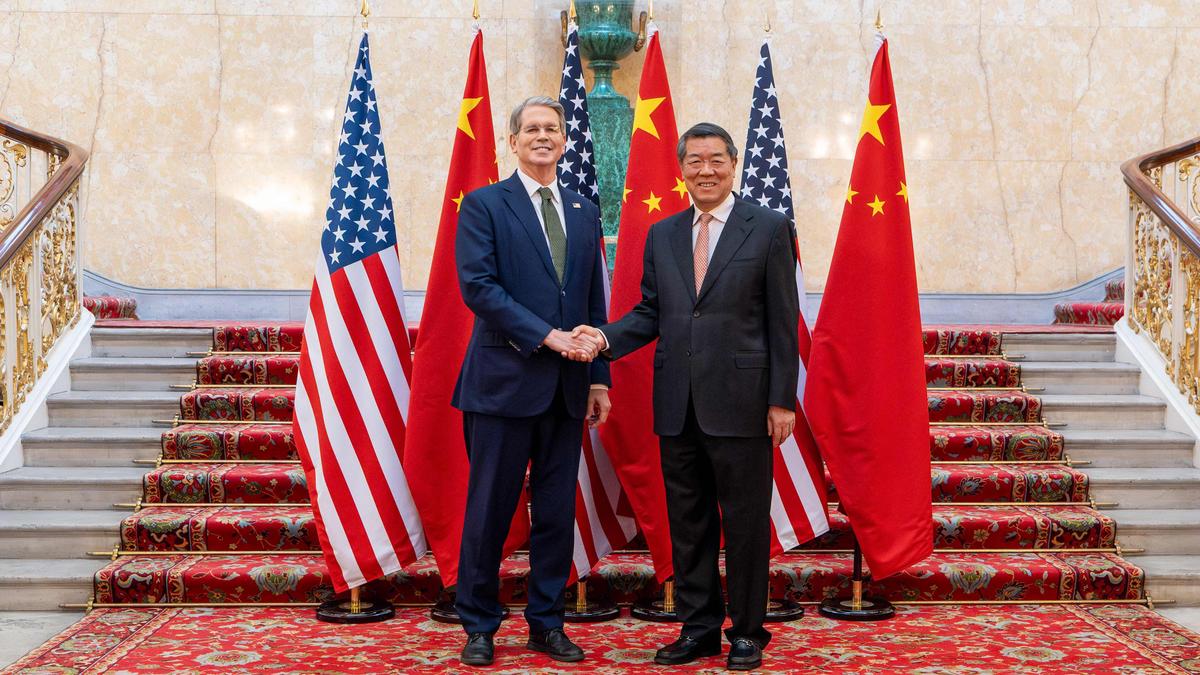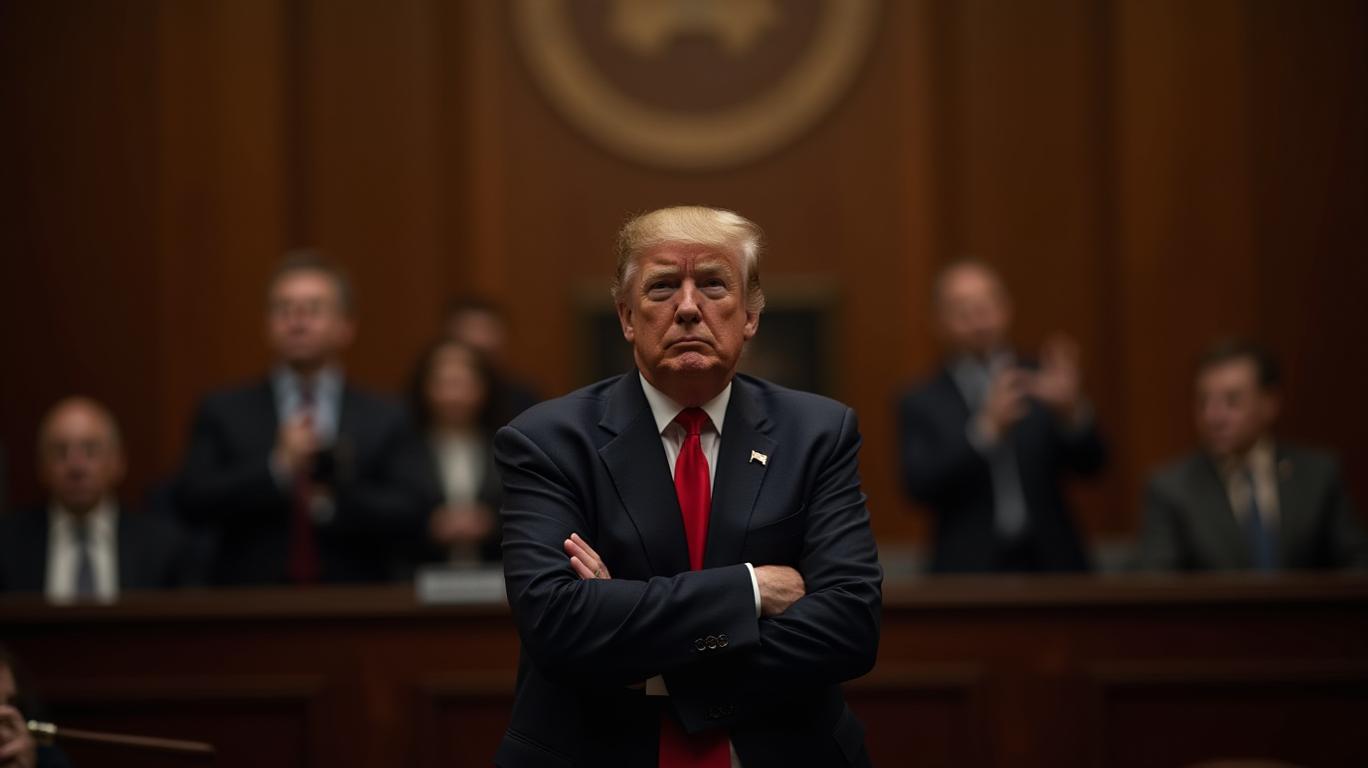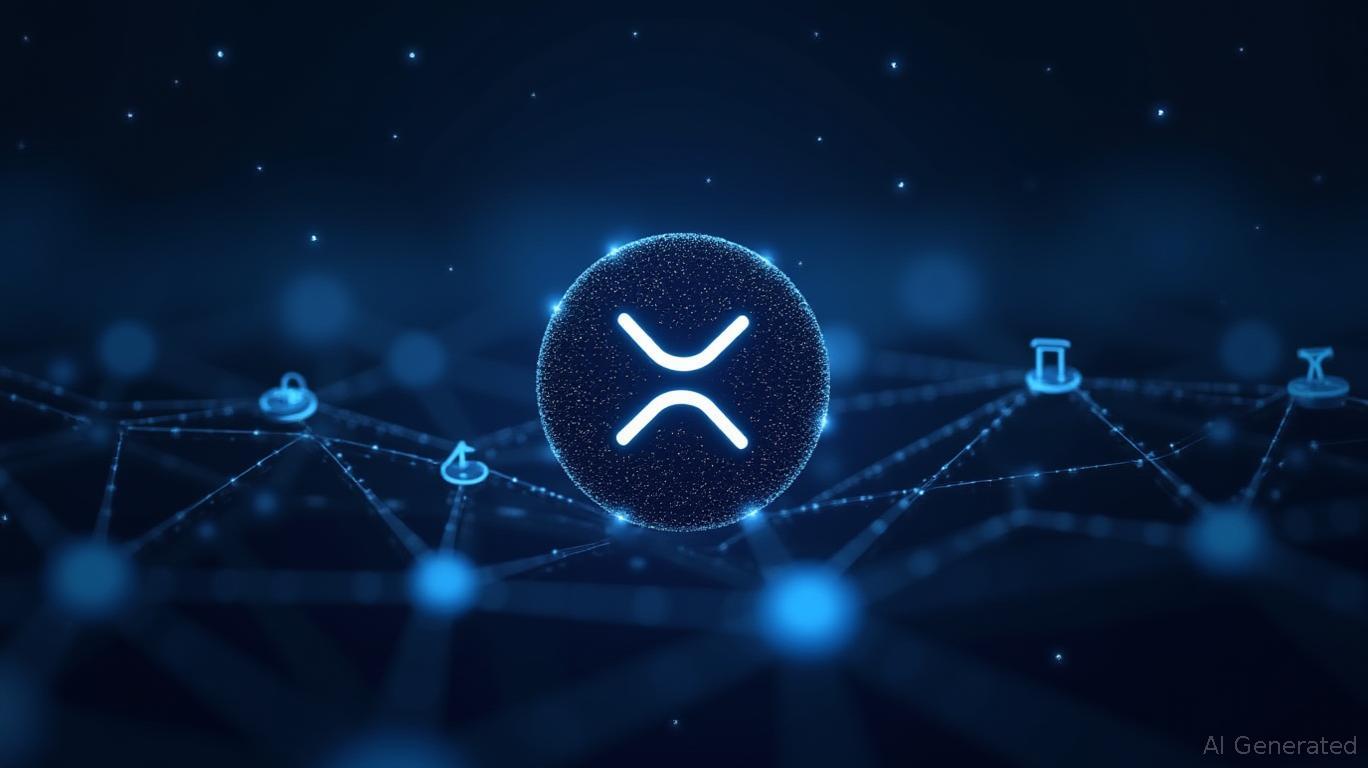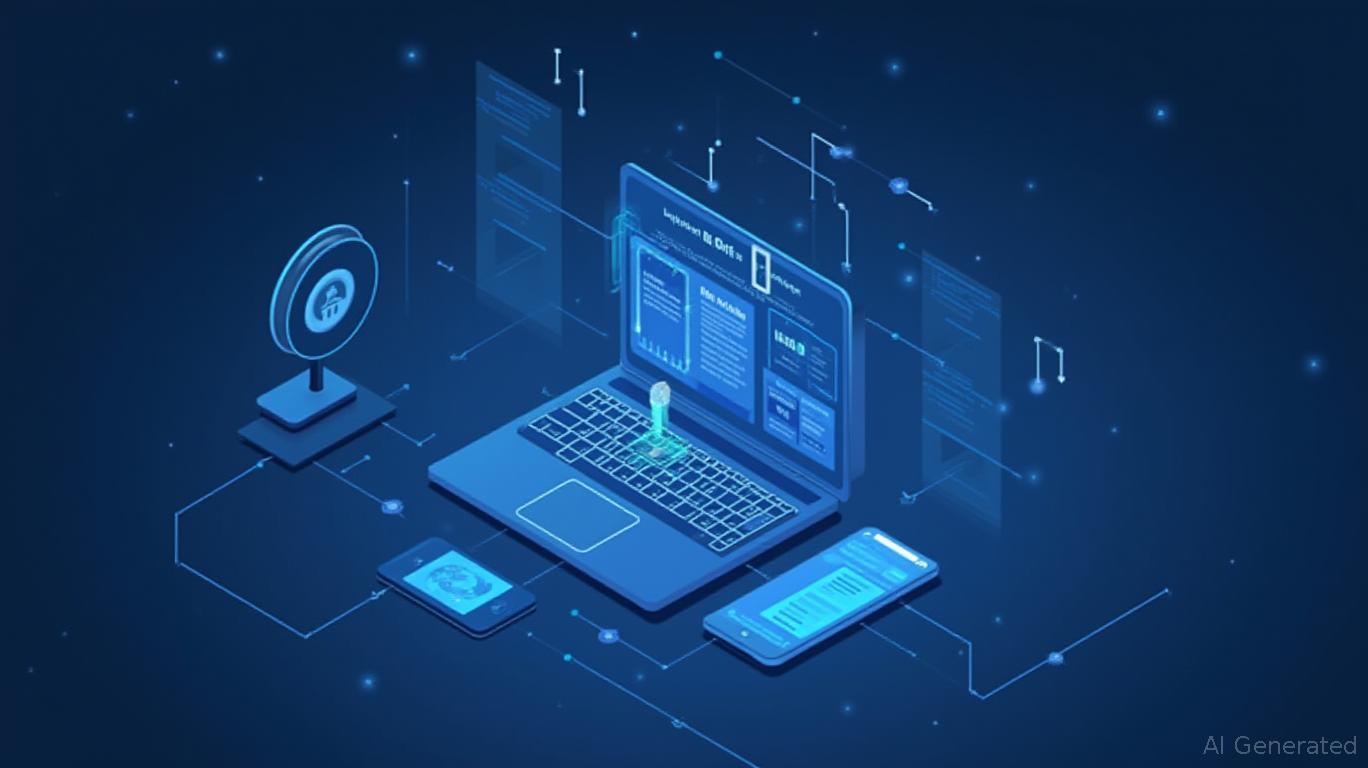XRP news today: XRP Ledger Activates DeepFreeze Amendment for Permanent Asset Freeze
The XRP Ledger (XRPL) has officially activated the DeepFreeze Amendment, marking a significant enhancement in its asset control capabilities. This development has garnered considerable attention in the crypto community, particularly among institutional participants and token issuers seeking advanced compliance and risk management features.
The DeepFreeze Amendment introduces a powerful new function to the XRP Ledger, allowing issuers of fungible tokens—commonly issued as IOUs on XRPL—to permanently freeze assets under specific circumstances. Unlike the existing freeze function, which temporarily restricts token movement, DeepFreeze is an irreversible operation. Once an issuer applies it to a given account’s token holdings, those tokens are rendered completely non-transferable for the rest of their lifecycle. This functionality provides a compliance-oriented toolset that mirrors traditional financial systems where certain assets can be rendered non-negotiable due to fraud, sanctions, or regulatory actions. Its integration into XRPL is designed to serve a similar purpose in a decentralized environment without compromising the security or efficiency of the ledger.
The introduction of DeepFreeze significantly elevates XRPL’s appeal to financial institutions, stablecoin providers, and regulated entities exploring tokenized assets. It offers issuers a mechanism to address legal or compliance violations tied to specific wallets without affecting the broader liquidity or usability of the asset across the network. This is especially relevant in scenarios involving security breaches, sanctioned addresses, or lost funds. Importantly, DeepFreeze is issuer-specific—it does not allow for arbitrary freezing by third parties or validators. Only the original token issuer has the authority to execute the command, preserving the decentralized ethos of XRPL while still meeting regulatory expectations for asset control.
With DeepFreeze now enabled, the XRP Ledger takes another major step toward becoming a preferred platform for enterprise-grade tokenization. The amendment complements previous upgrades, such as the introduction of XLS-20 for native NFTs and XLS-38 for sidechains, all part of a broader roadmap to make XRPL more versatile and institution-ready. Ripple’s recent moves—including strategic acquisitions—further align with this direction. The DeepFreeze feature fits neatly into this evolving ecosystem, positioning XRPL as a blockchain that can simultaneously offer speed, low costs, and regulatory friendliness.
Ask Aime: What does the DeepFreeze Amendment mean for XRP Ledger users and its implications for the crypto market?
The activation of the DeepFreeze Amendment reflects the XRPL community’s continued commitment to responsible innovation. As tokenization gains momentum across finance and other sectors, features like DeepFreeze provide critical infrastructure to support secure, compliant, and scalable deployment of digital assets. For developers and issuers building on XRPL, the new amendment adds an extra layer of flexibility and control, helping to bridge the gap between decentralized infrastructure and real-world regulatory frameworks. With DeepFreeze now live, XRP Ledger reaffirms its readiness to serve as a foundation for the next generation of digital finance.
